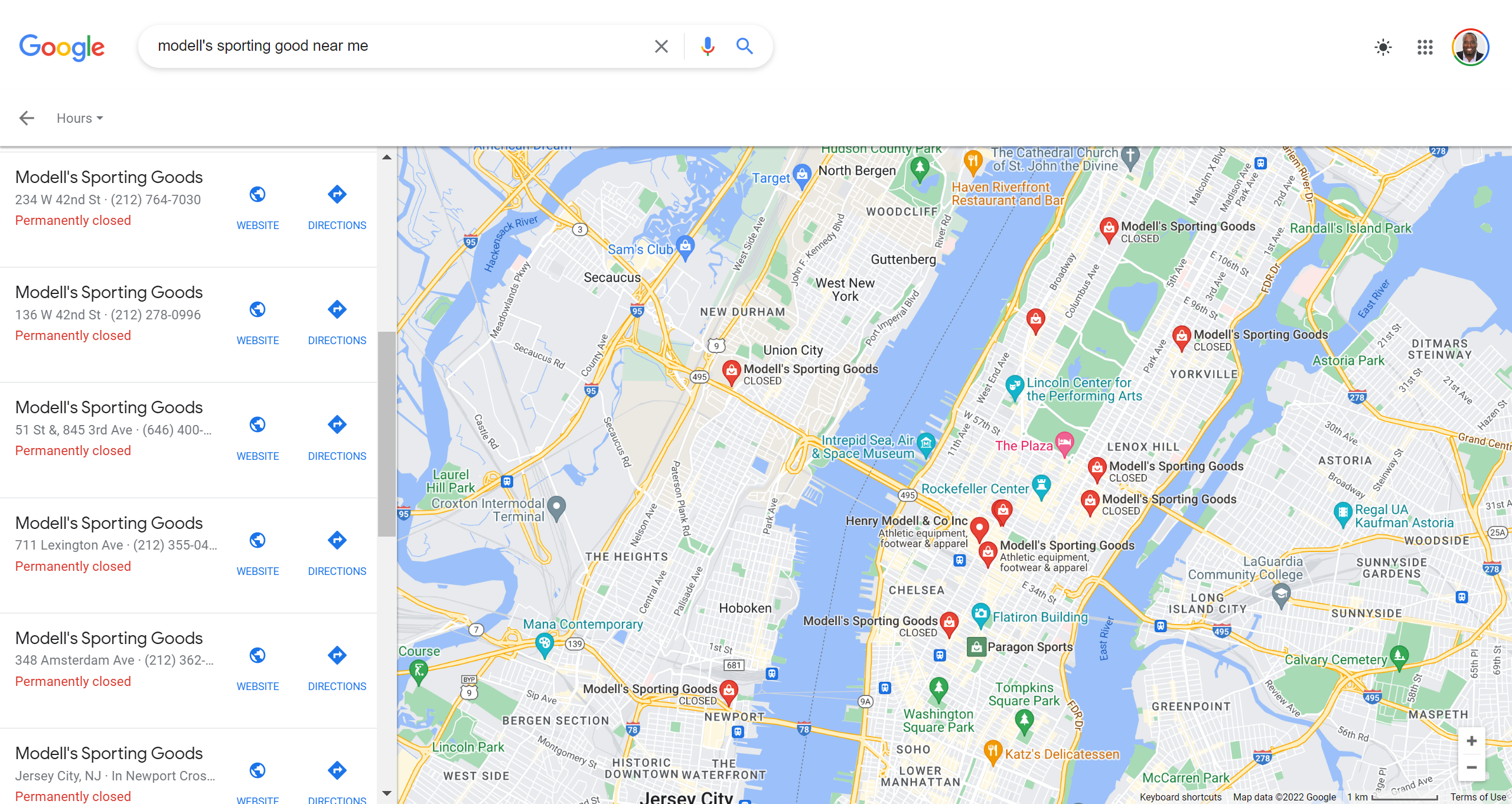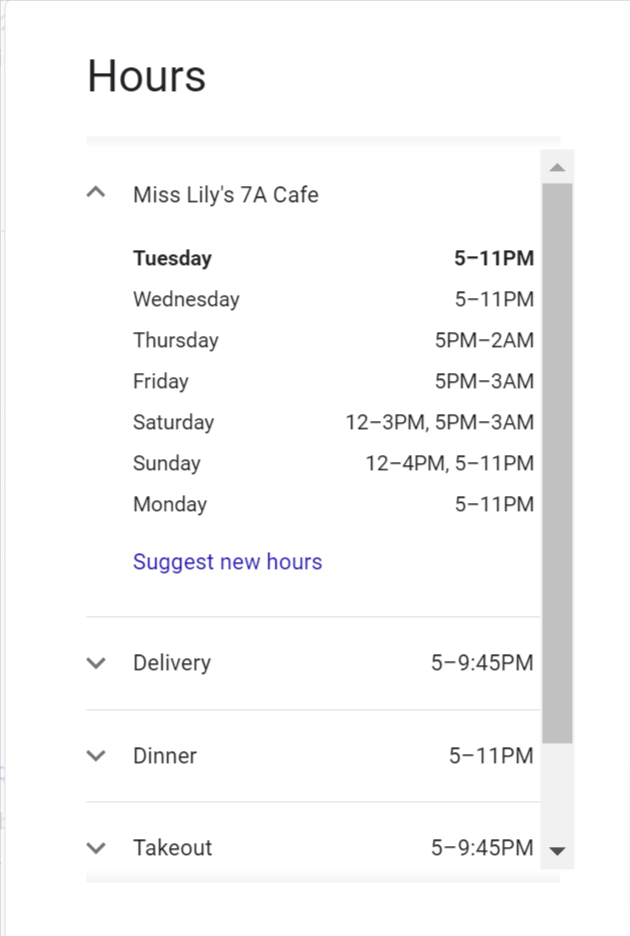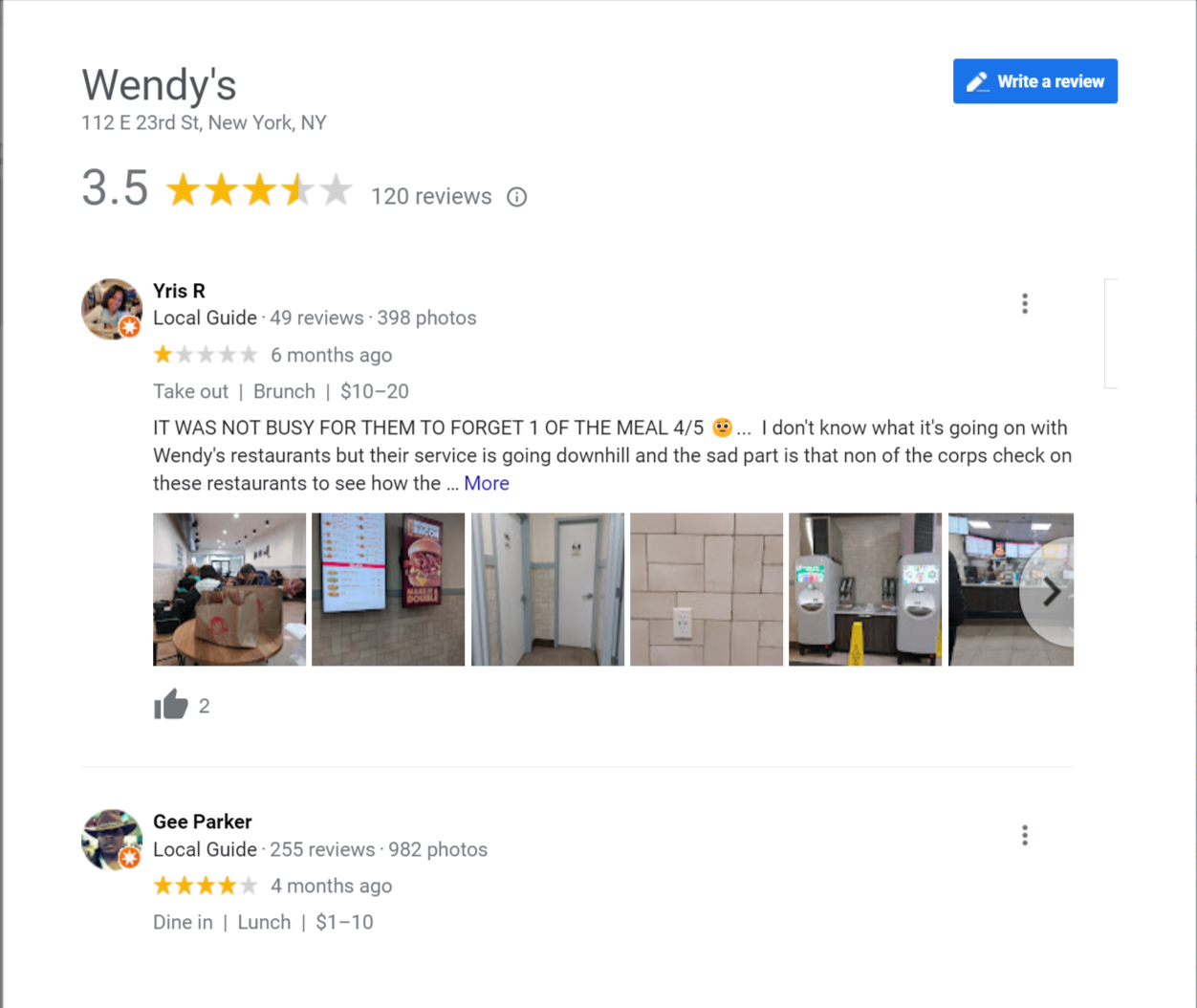To attract new customers, you need to ensure you’re in front of local searchers looking for your products or services.
If you’re not optimized for local search, you’re missing out on a tremendous opportunity to reach potential customers in your area and drive incremental revenue, traffic, and sales.
In this article, we’ll explain why local search is important and how you can ensure your business is optimized for the local search results to maximize performance.
1. Get On A Local Search Platform
Many local search platforms can fit into your budget, including Moz, Yext, RIO, RenderSEO, Chatmeter, Uberall, and SweetIQ, to name a few.
Using a platform makes it much easier to manage all your listings. That includes getting your name, address, and phone number (NAP) consistently and accurately listed across hundreds of local search engines and directories while also removing duplicate listings.
Managing this manually is extremely time-consuming and tedious and can result in inaccuracies across the local search ecosystem.
Bonus Tip: If you are an ecommerce brand, you definitely want to take advantage of Google’s new feature, See What is in your Stores (SWIS).
This is done by integrating live inventory into your Google Business Profile.
Take advantage of the number of consumers searching for your products and services daily by letting them see in-store inventory in an unpaid product listing across Google properties, including Images, Shopping, and Maps.
Few platforms have this integrated into the core feature set, but it’s definitely worth looking into while it is still free.
2. Use Structured Data
We all know structured data is important for helping Google to better understand the content and that it can help increase clicks, impressions, and conversions.
The same principle applies to local search.
That’s why you should absolutely implement structured data types like local business, geocoordinates, postal address, and reviews to help improve performance.
3. Tap Into Google Business Profile & Optimize for It
If you are not using and optimizing your Google Business Profile, you’re missing out on a tremendous opportunity to get your products and services visible where it matters the most.
When optimizing for Google Business Profile, ensure you fill out all the information you can, including photos, menu items, descriptions, and service lines.
High-quality photo content, in particular, can increase user engagement with your listing.
It is best practice to add new photo content consistently and include images of the interior and exterior (including business signage), as well as photos covering the categories that are associated with your business type (rooms for hotels, food and drink for restaurants, products for retail, etc.).
Images of your storefront and business signage are important to include on your listing to help prevent Google’s algorithm from mistakenly suspending, disabling, or marking your listing as a duplicate of another business.
In addition to high-quality photo content, you can also include short video content on your listing that will appear with your other photo content or can be included in your Google posts.
You will want to be sure to follow Google’s guidelines when adding photo and video content.
I have seen many brands not take advantage of listing their businesses in the right categories.
If you are a pizzeria, you can list your business in restaurants and dining.
Restaurants can optimize for a specific cuisine type, and Google constantly adds new categories.
It is always a good idea to check to see if a new category can be utilized by your business listing to stay ahead of your competition.
This is one of the most important aspects of local search optimization, so take the time to fill out menu information, description, etc.
In addition, always keep your information up to date.
For example, if I’m searching for [modell’s near me] and find a store with great reviews which appears to be open, but I drive there only to find it is closed, I will have a bad user experience.
If it’s open again, I may not want to give the store another chance.
 Screenshot from search, Google, December 2022
Screenshot from search, Google, December 2022That’s why it’s so important for businesses to update local search results – to clearly communicate to potential customers they are closed.
In addition, Google has started displaying store operating status attributes within Maps.
Large retailers with multiple in-store departments can use GBP to include secondary hours, as we see below.
As appropriate, use this feature to update:
- Department hours.
- Senior hours.
- Drive-thru hours.
- Delivery hours.
- Takeout hours.
- Visiting hours.
- Pick-up hours.
Restaurant listings can now add separate hours for breakfast, lunch, dinner, and brunch.
 Screenshot from search, Google, December 2022
Screenshot from search, Google, December 2022Don’t forget to update Q&A within your Google Business Profile with any pertinent or timely details, like:
- Closures or changes to hours.
- Canceled events and ticket refunds/exchanges.
- Volume of calls/emails and expected delays.
- Changes to procedures for appointments.
- How you are increasing health and safety measures.
- Changes to services offered.
4. Update Event Status
If you have an event, always make sure you are using the event schema. EventStatus is a new schema type that will let users know the current state of their scheduled event.
Attributes include:
- EventCancelled: The event has been canceled.
- EventMovedOnline: The event has moved to an online domain.
- EventPostponed: The event has been postponed; new dates are TBA.
- EventRescheduled: The event has been rescheduled to a new date.
- EventScheduled: The event is still scheduled to proceed as planned.
Event information can be pulled into your business profile through event schema on your website or external sources like Facebook events, Eventbrite, and Meetup.
5. Audit Your Listings
Always audit your listings to identify the following:
- Auto-updates to operating status (“Temporarily Closed,” etc.).
- Pending or suggested changes to operating hours.
- Pending or suggested changes to attributes.
- Pending or suggested changes to business details.
- Any other indicators of pending or suggested updates.
- Disabled listings.
Google values the feedback it receives from users and will often make changes to your business listing based on their feedback.
Unfortunately, Google users do not always get it right, so it is imperative to regularly check your listing for these suggested updates to verify that they are valid.
6. Manage Your Reputation
Having positive reviews and a good customer experience is critical to ranking high in the Local Map Pack. I have seen countless companies that have negative and positive reviews with no responses from the business.
If I wanted to hire a painter and saw 20 four-star reviews and five unanswered two-star reviews, I might be hesitant about hiring that painter.
People trust reviews, and bad reviews are worse when the owner does not take the time to respond.
If they do, that response potentially builds up more trust from other users and could also possibly help generate more business.
The Takeaway: Always monitor and respond to your reviews – both good and bad – and focus on getting natural unsolicited reviews. Also, add first-party reviews to your website.
 Screenshot from search, Google, December 2022
Screenshot from search, Google, December 20227. Use Hyper-Local Content
SEO is all about providing a positive content experience across all devices and platforms to help end-users satisfy their information need.
Always focus on adding unique quality content catered to individual locations. This hyper-local content can help improve visibility among potential customers located nearby.
Also, be sure to include hyper-local terms in your on-page optimization strategy. This includes headings, titles, metadata, image alt text, and text.
In addition, always have COVID-related content.
This will build up trust from an end-user perspective and also help you get great reviews.
Demonstrating that taking the right precautions can help sell more products and services when customers come to pick up food or shop in the store.
Utilize Google Posts on your business listing to increase awareness for special events or the latest business offerings.
Consistent use of the Post feature can increase user activity on your listing, which will help to increase your local ranking.
Posts are also a great way to mention offerings that might not be obviously related to your primary or secondary business categories.
8. Connect With Customers Via Always-On Messaging
Download the Google Business Profile app and turn on messaging as a way to help your customers reach you.
If you are not available by phone or it is after business hours, messaging can help customers get the support they need.
Bonus Tip: Draft an automatic welcome message to let customers know your business status.
9. Monitor Trends
Closely monitor Google Trends to understand shifts in search interest and behavior around relevant keywords and topics for your brand and industry since we live in an uncertain world and things can change quickly.
Analyze the most valuable keywords for your business and see how searches are trending for those items.
Then, monitor website performance to understand how users are converting during this time and update forecasting and reporting to factor in the impact of world events.
Bonus Tool Tip: ExplodingTopics.com shows trending or “exploding” topics sourced from Google Trends data. It is useful for market research and discovering new areas of business.
10. Optimize For Voice Search & Mobile
We live in a world where users are constantly asking questions, and your brand should provide the answer even when consumers are asking a digital assistant.
In addition, your website must be well-optimized to deliver answers to common questions about your products and/or services.
For hints on what to include, look at your internal search metrics and analytics to see what common questions people ask about your business.
Also, use third-party tools, and Google’s People Also Ask (PAA) feature.
And since most local queries take place on mobile devices, ensure your site is optimized for mobile with high-quality images, content, and quick load times.
11. Track Rankings & Build Out Local Landing Pages
Rankings are not the end-all and be-all, but they can help you track the success of your local search campaign at the location and zip code level.
Always make sure you build out local landing pages that offer a good user and page experience, including responsiveness, quick load times, the latest schema code base, calls-to-action, and design elements.
All of this can help your brand rank for all locations and improve conversions.
Bonus Tip: Most local platforms already have optimized landing pages that can be built up quickly rather than having your internal team build out new page templates. They also host the pages for you, which is even better and will require very little involvement from your internal teams.
12. Don’t Forget Links Are Still Very Important
Always get high-quality links by researching local and general sites, blogs, etc.
Getting high-quality links from reputable sources with good content and helping users solve problems creates trust and credibility, i.e., the Authority and Trust factor in EAT.
Aim to get listings from locally targeted listings and blogs, too.
It is still a very important factor that can improve your visibility.
Having a strong local search presence is more important than ever, given today’s competitive SERPs.
Consumers are searching for products and services related to your brand, so you need to be visible and in front of your target audience to drive incremental visibility, sales, and performance.
Following these proven tips can help you get to the top of the SERPs and dominate the local results.
If your restaurant is still open for takeaway, however, you can use local search to let customers know the dining room is closed, but the kitchen is still open.
In addition, Google has started displaying store operating status attributes within Maps.
 Screenshot from search, Google, December 2022
Screenshot from search, Google, December 2022Final Takeaway
All brands that have physical locations need to be in front of their target audience when end users are searching for your products and services or store locations.
Keeping on top of the changes in local search and optimizing your listings and content can help your brand dominate the local search results, reach more customers, and drive incremental performance year over year.
More Resources:
Featured Image: silverkblackstock/Shutterstock
